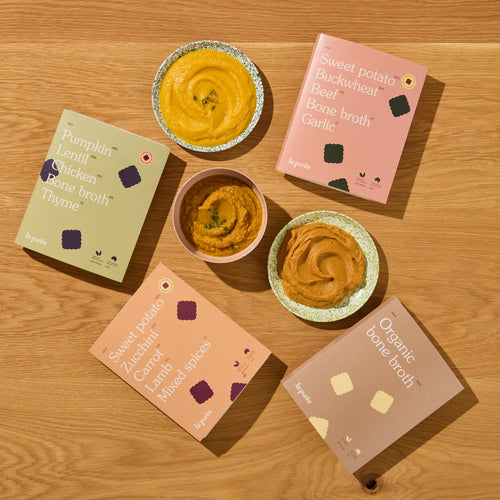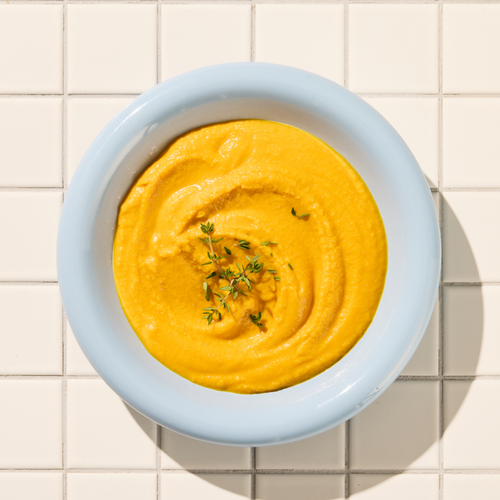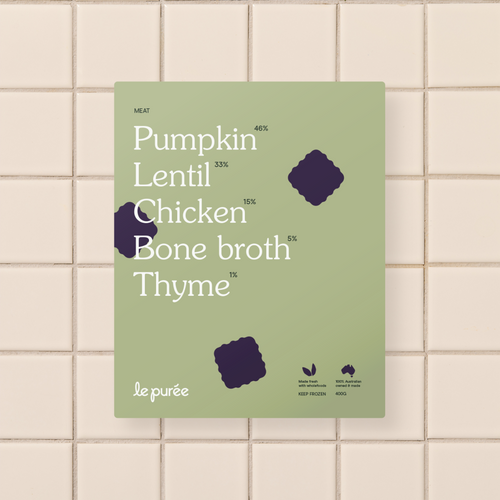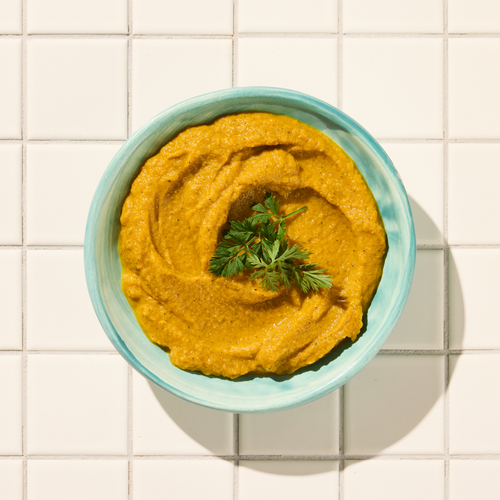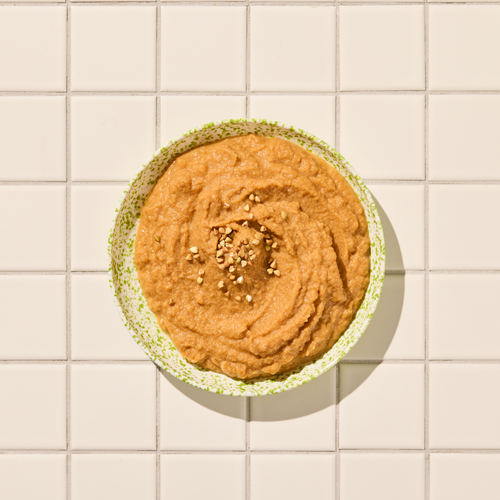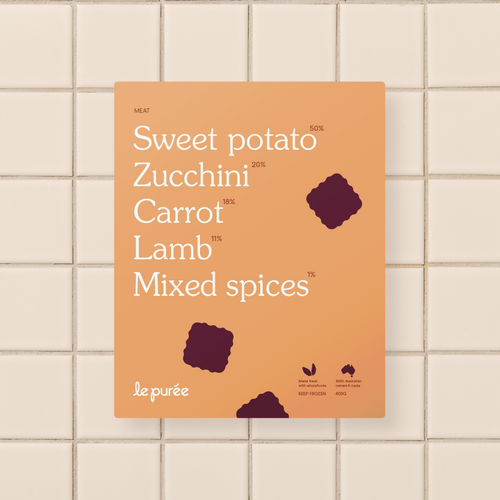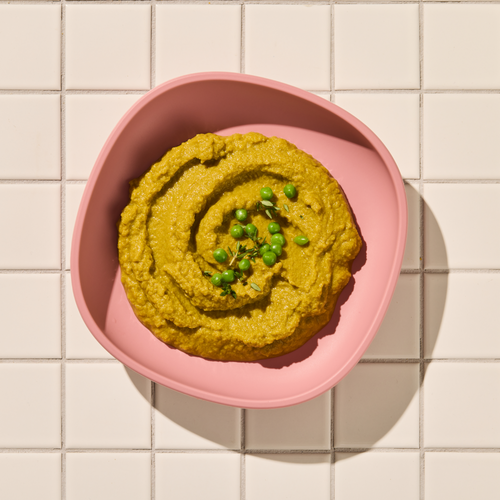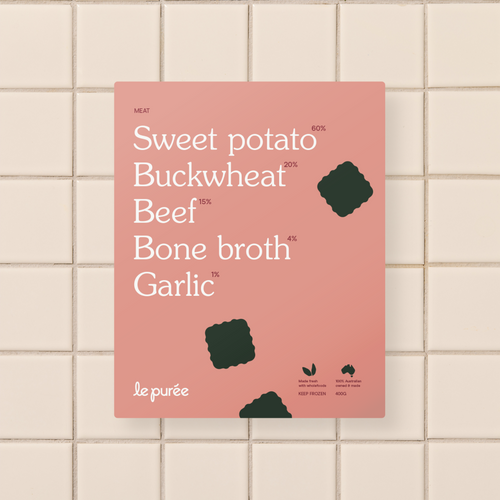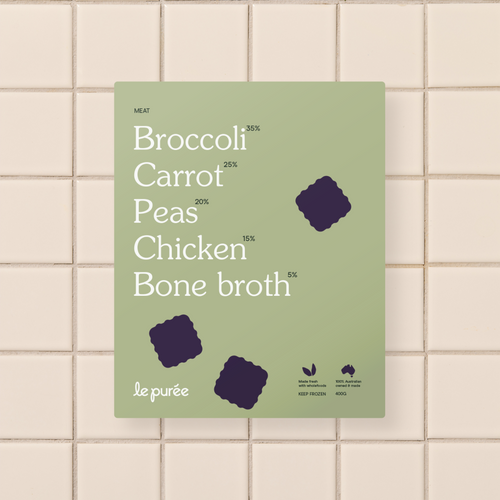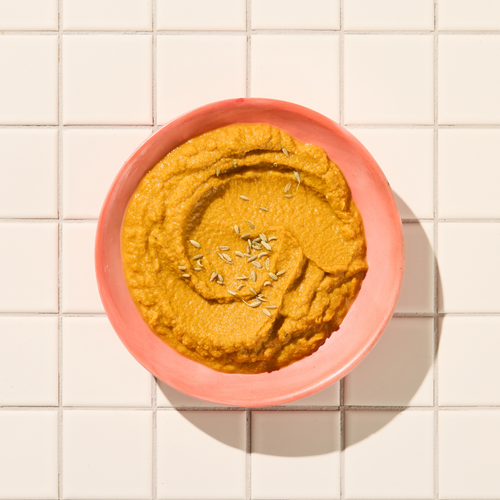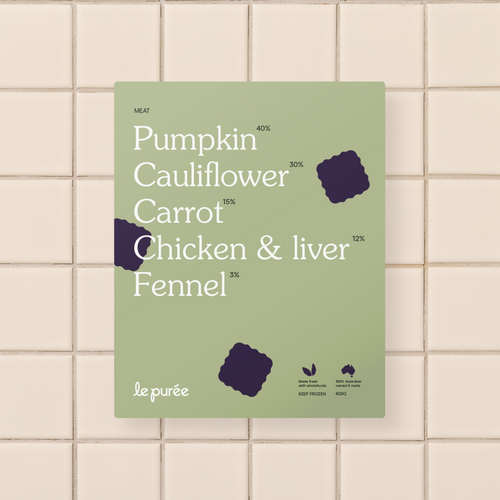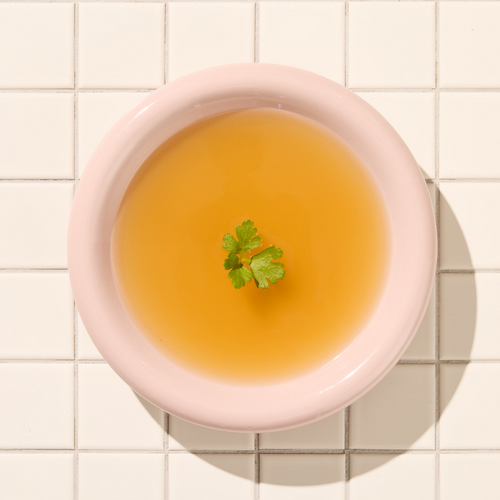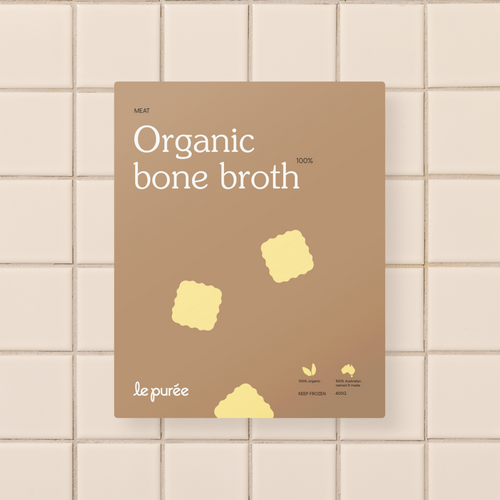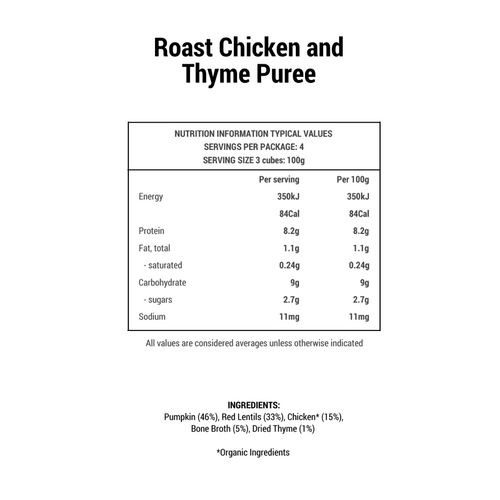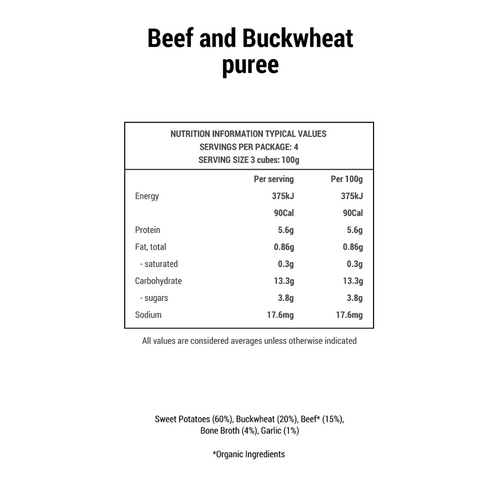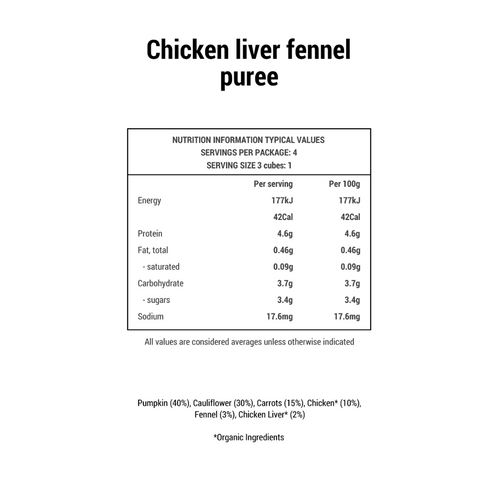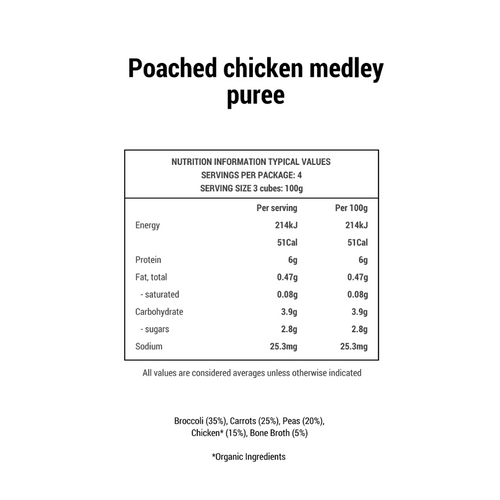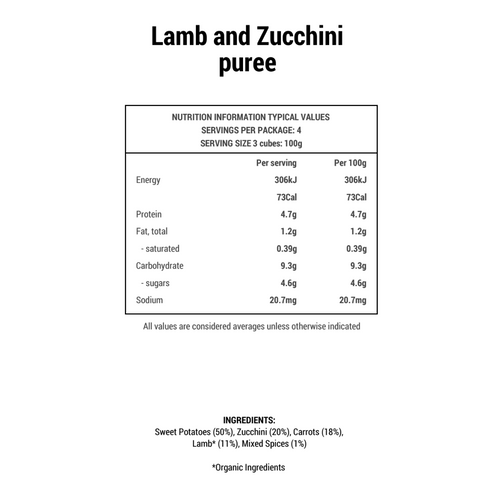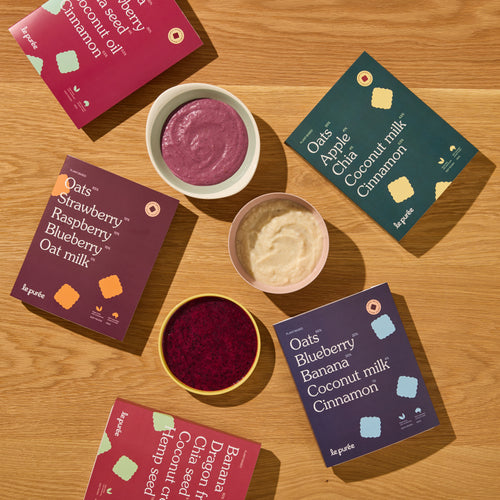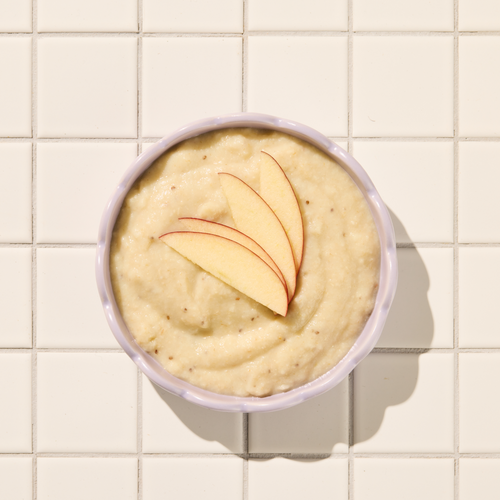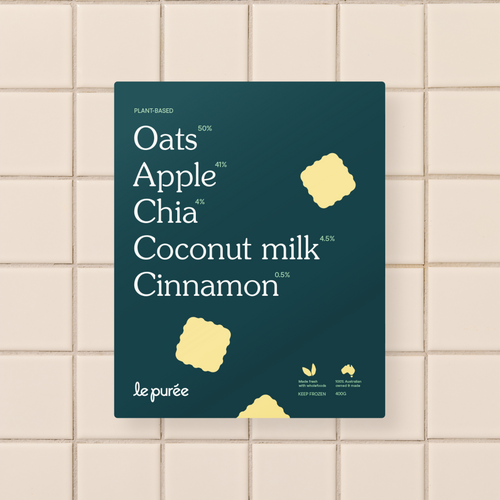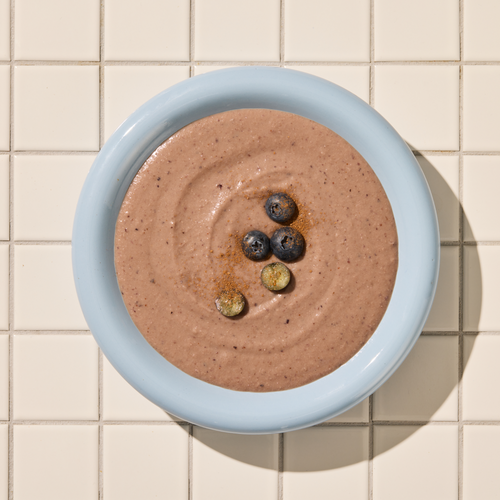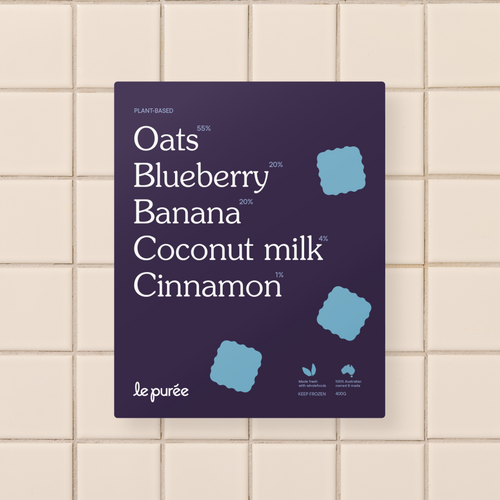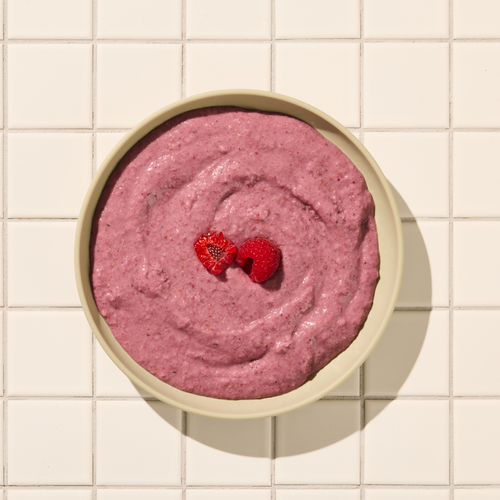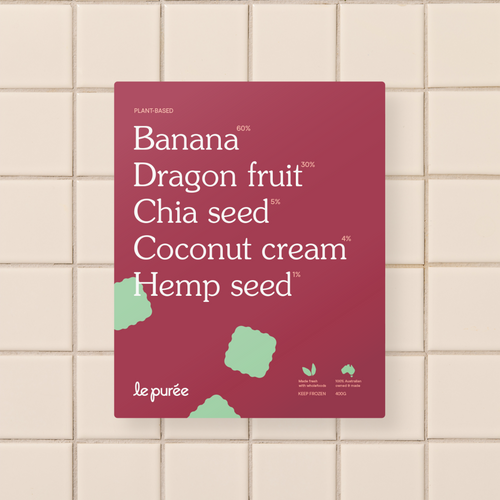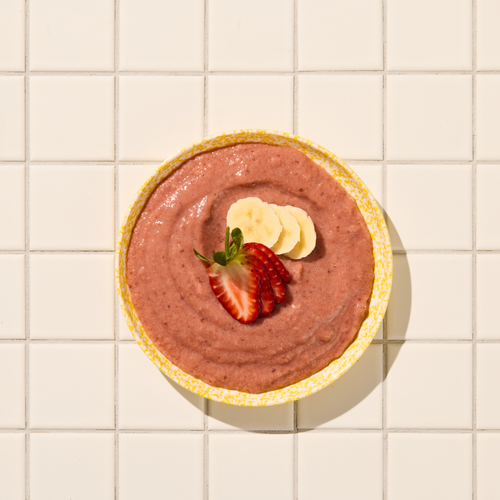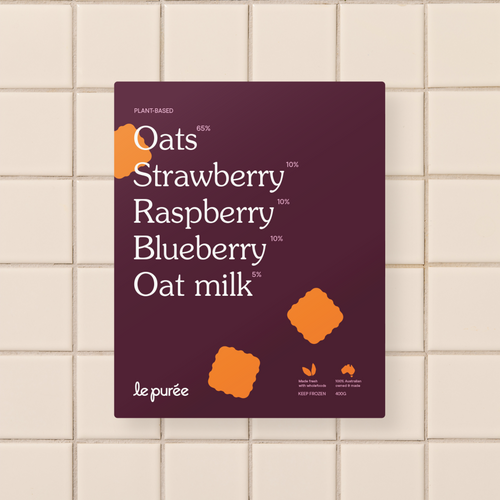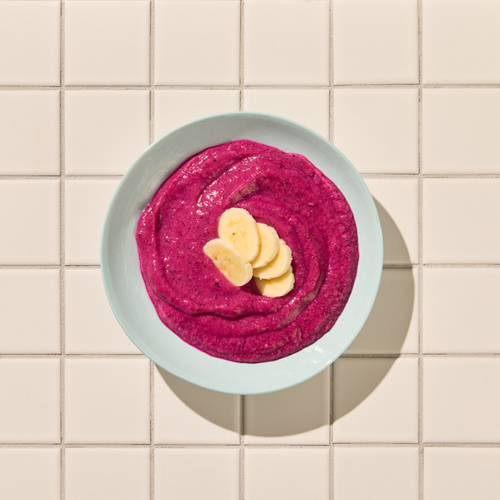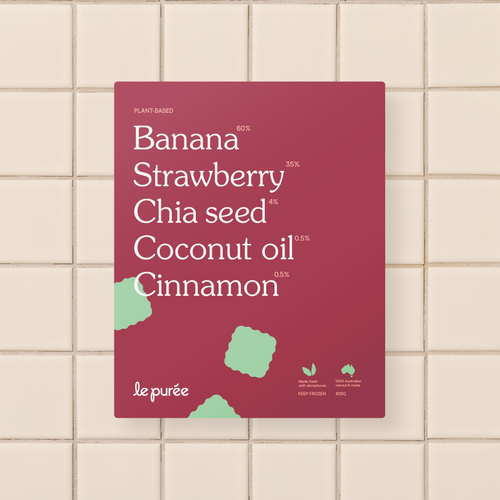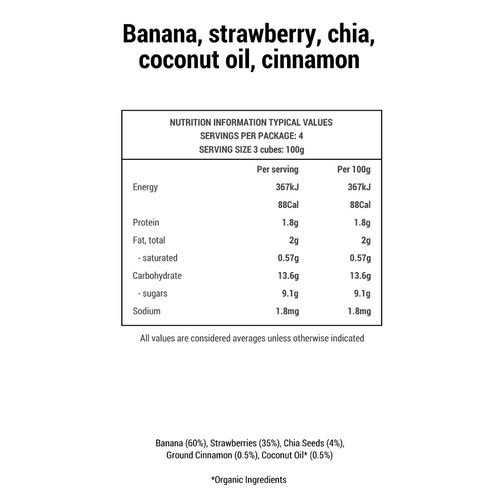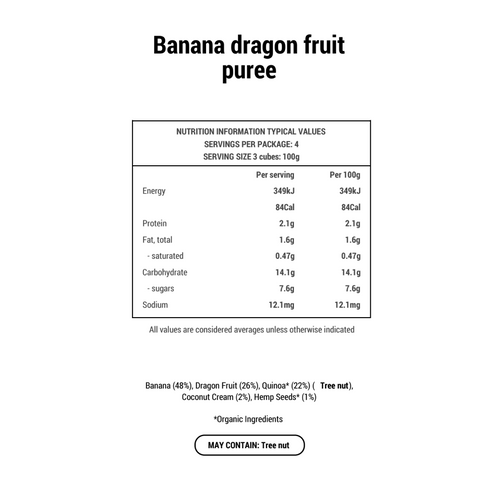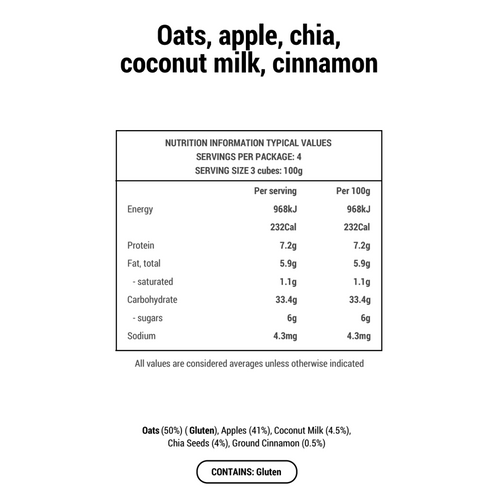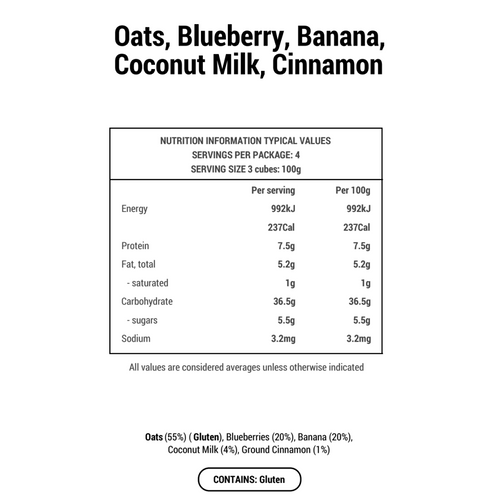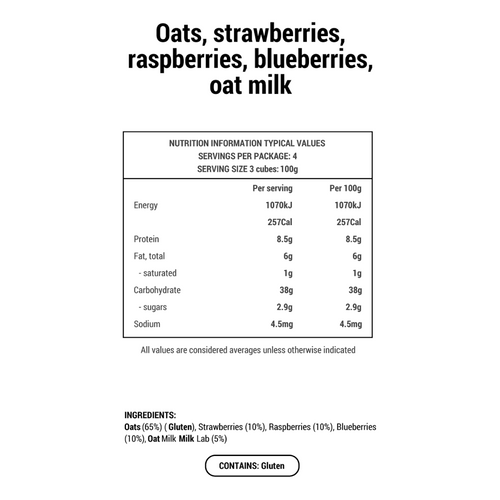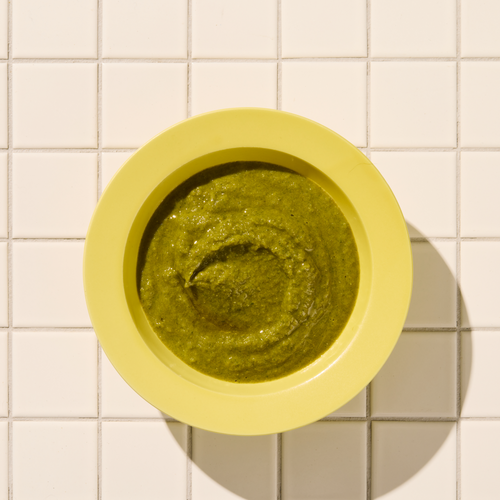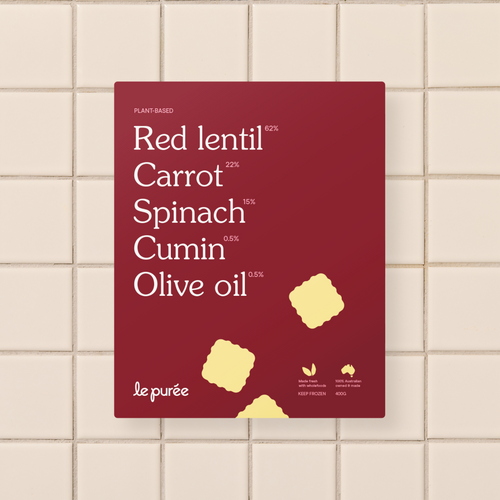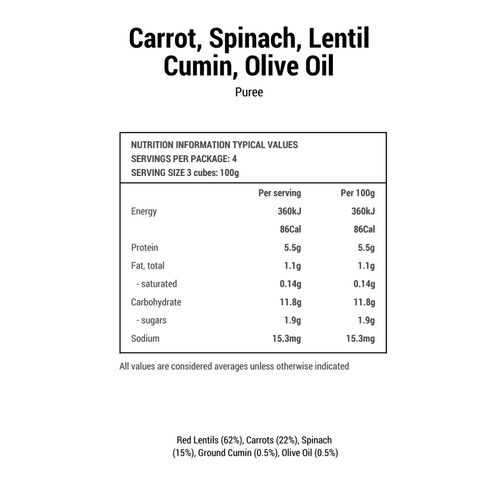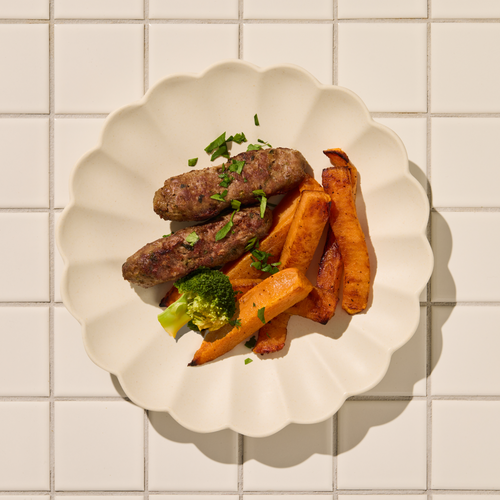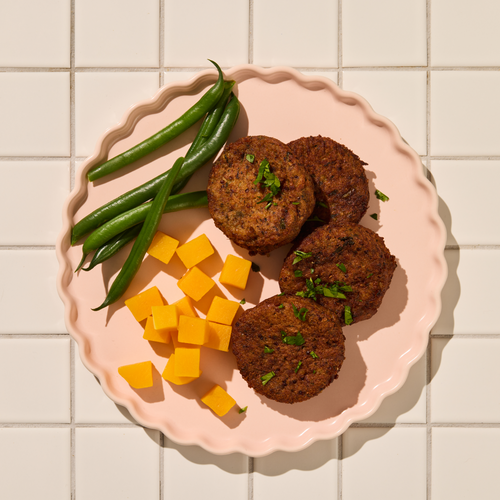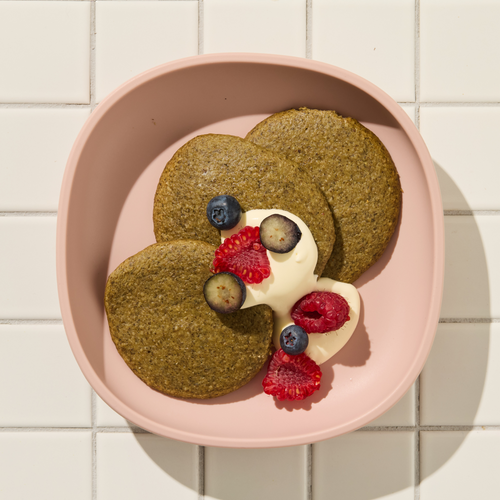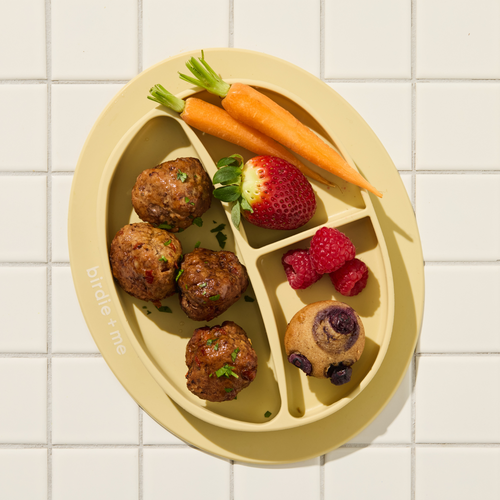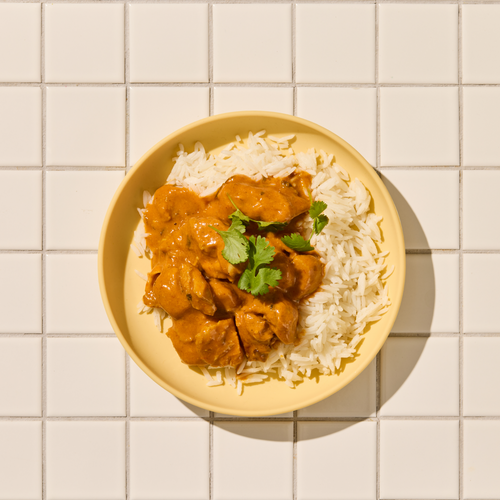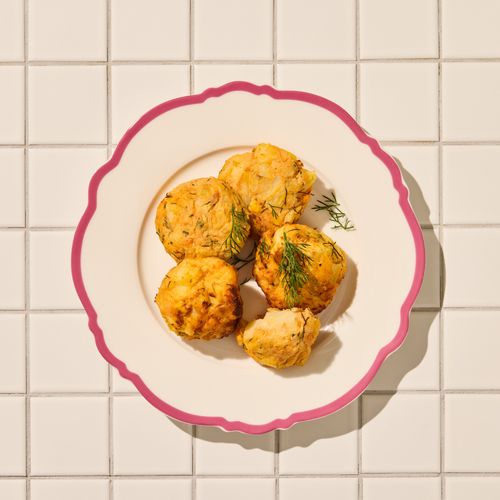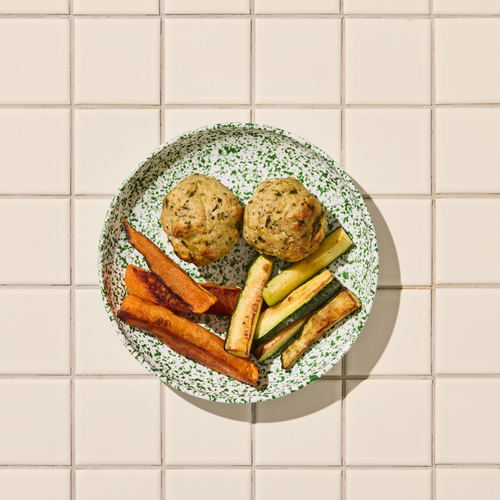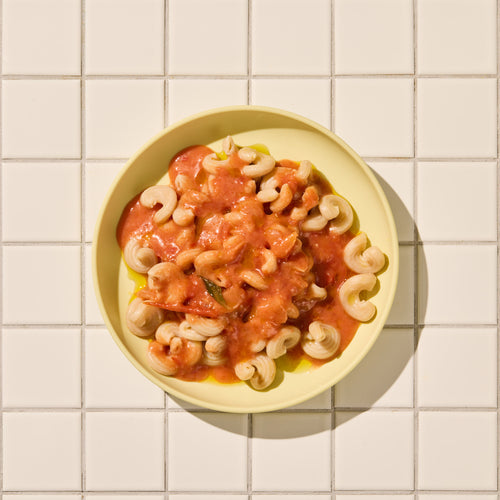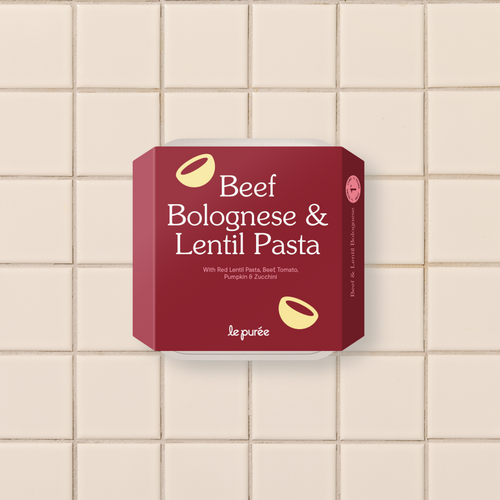By Karina Savage, Leading Paediatric Dietitian of 23 years (and mum of two!), Founder of Nourish With Karina
If you have recently wandered around the “baby & toddler” aisles of the supermarket, you’ve seen it: glossy pouches, snacks with cute characters, and bright colours promising health, growth, brains and more.
As a Paediatric Dietitian (and mum of 2) from Nourish with Karina, I am concerned about the heavy presence of ultra-processed foods (UPFs) marketed to parents of young children. Currently, this marketing is often misleading and downright deceiving.
This blog is designed to give you the information to make more confident informed (and healthier) choices for your family.
What counts as “ultra-processed food”?
UPFs are foods that are made up in a commercial kitchen or factory, that really look nothing like their natural form. They are made mostly or entirely from ingredients not used in home cooking (e.g. protein isolates, modified starches, hydrogenated oils, flavour enhancers, intense sweeteners, emulsifiers).
These foods are often manufactured to be super tasty and addictive, with a long shelf life.
Examples include:
- Packaged snacks: Chips, crackers, cookies, and lollies.
- Processed meats: Hot dogs, sausages, and bacon.
- Fast food: Burgers, fries, and fried chicken.
- Some packaged baked goods: Cakes, pastries, and doughnuts.
- Some frozen meals: Ready-made dinners and microwave meals.
- Kids snacks such as puffed potato sticks.
🧠 Why This Matters for Kids:
- Their gut microbiome is still developing, and many of these ingredients are not processed by human enzymes, but rather by gut bacteria - often in ways that lead to inflammation, dysbiosis, or leaky gut.
- Our children’s taste buds are also still developing - UPFs are often high in salt, sugar or fat – a perfect combination that is highly addictive. Because of this, they often dull natural preferences for real food, reinforcing our children’s cravings for sweetness, crunch, salt and processed fats.
- These foods replace nutritious foods - when our kids are eating these foods instead of healthier core foods (such as fruit, vegetables, legumes, whole grains, nuts, seeds) it impacts their nutrition – for the worse. It reduces fibre, vitamins, iron and zinc intake, not to mention healthy fats – that toddlers need for growth, immunity and development
How to Spot Ultra-Processed Foods
Parents are busy. We need fast ways to evaluate products on shelves.
💡 Here's my 3-Second Rule for Spotting UPFs:
- Look at the ingredients list, not just the nutrition panel.
- Scan for “kitchen strangers” - if it’s not something you’d cook with at home, it’s a red flag.
- Check for 3 or more additives, extracts or modifiers - it’s ultra-processed.
Many Australian baby and toddler foods aren’t up to scratch.
In 2024, researchers from the George Institute systematically compared 309 Australian baby and toddler foods against the World Health Organisation ‘s (WHO) guidelines, and their findings were sobering:
- More than 75% failed overall nutritional requirements (often for excess energy and/or sugar).
- None complied with promotional requirements (due to marketing claims, imagery, and other tactics discouraged for this age group).
They concluded that parents face a “wild west” of unregulated claims that may mislead them into thinking these sugar-loaded products are healthy. (Dunford E, 2024. Maternal and Child Nutrition).
Our Australian government is aware: in July 2024, Food Ministers agreed to a new plan that will hopefully improve the composition and labelling of commercial foods for infants and young. You can read more here [[click here]]
What you can do right now.
1. Focus on whole foods: Offer your children foods that are either whole foods themselves (fruit, veg, nuts, seeds) or foods that contain whole food ingredients (think minimally processed bliss balls, home made muffins, hummus, peanut butter and other healthy baked goods)
PICTURED: Le Purée Oats Blueberry Banana Purée
2. Check the ingredients: Especially sugars. Don’t be fooled by the “no added sugar” claims that they are still allowed to use. If it says fruit purees, fruit concentrates and juices - then please know that these are concentrated sugar - not fruit.
3. Watch the iron: Iron needs are high in toddlerhood; many sweet snack-style products are iron-poor compared to whole foods. If you are relying on commercial foods for snacks, check for iron-fortified options and keep building iron-rich family foods in meals.
PICTURED: Le Purée Beef & Liver Meatballs
In Summary
The best thing we can do for our children is to prioritise “real” foods and when we do buy packaged convenience foods, choose items that have a short ingredients list, that are lower in salt and sugar
Ultimately, the aim isn’t perfection - as life is busy and kids love snack foods! Small changes done consistently, can make a big difference to your child’s day, week and month. I encourage you to think about one positive dietary change you can make to their day!






